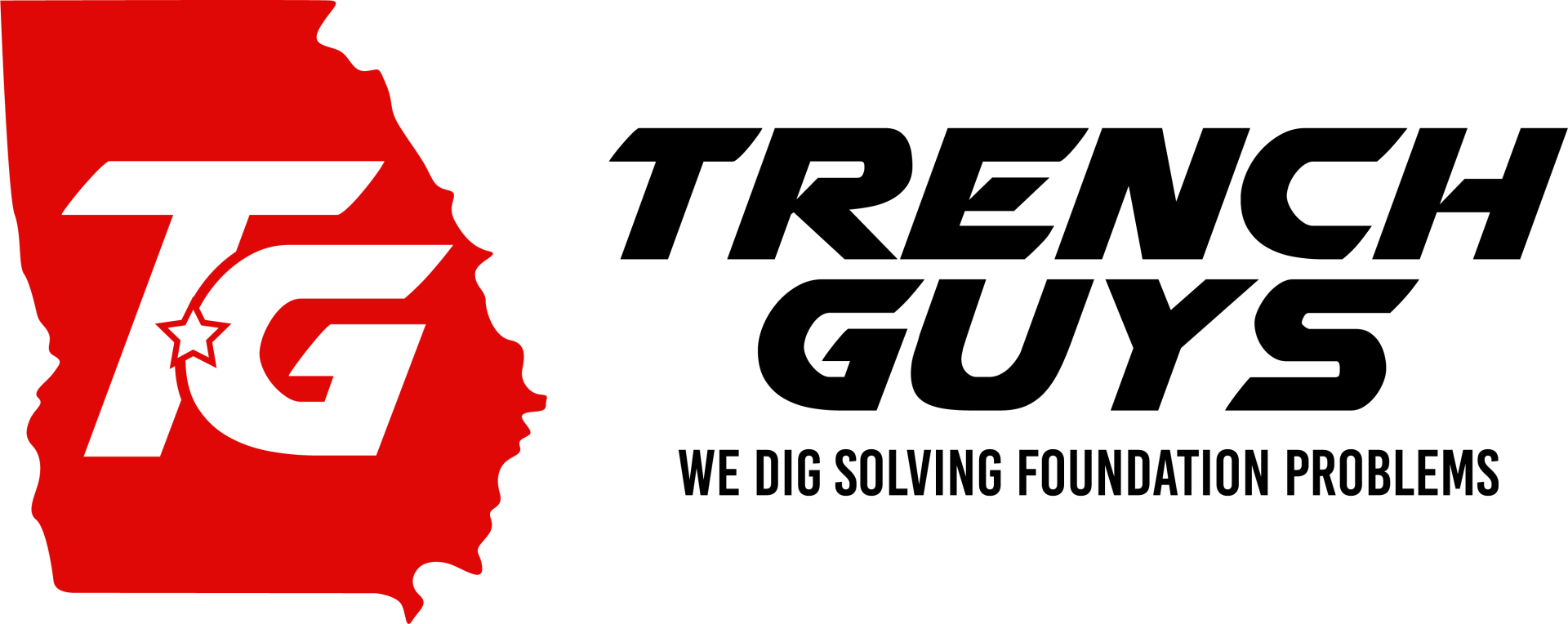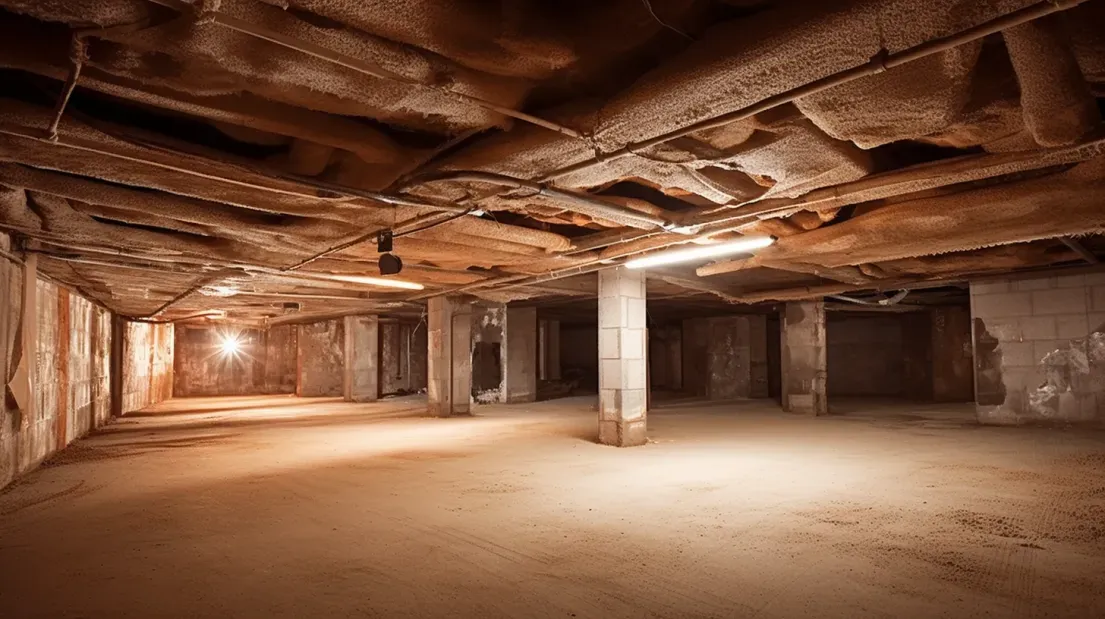Proper crawl space ventilation is essential for maintaining a healthy home environment and preventing structural damage. Crawl spaces are often overlooked areas that can harbor moisture, mold, and pests if not properly ventilated. Understanding the principles and benefits of crawl space ventilation can help homeowners protect their investment and improve indoor air quality. This comprehensive guide will explore the importance of crawl space ventilation, common ventilation methods, and tips for maintaining optimal airflow.
The Importance of Crawl Space Ventilation
Crawl spaces play a crucial role in the overall health of your home. They provide a barrier between the ground and the living spaces, but they are also prone to moisture accumulation. Without proper ventilation, crawl spaces can become damp and stagnant, creating an ideal environment for mold growth, wood rot, and pest infestations. These issues can compromise the structural integrity of your home and pose health risks to occupants.
Benefits of Proper Ventilation
Implementing effective crawl space ventilation offers several benefits:
- Moisture Control: Ventilation helps to expel moisture that can seep into the crawl space from the ground or through leaks, reducing the risk of mold and mildew.
- Improved Air Quality: By preventing the buildup of moisture and contaminants, ventilation enhances the quality of air that circulates into your living spaces.
- Structural Protection: Proper airflow prevents wood rot and other moisture-related damage, preserving the structural components of your home.
- Pest Deterrence: Dry, well-ventilated crawl spaces are less attractive to pests such as termites, rodents, and insects.
Common Ventilation Methods
There are several methods to ventilate crawl spaces, each with its own advantages:
- Vents: Installing vents in the crawl space walls allows for natural airflow, promoting the exchange of indoor and outdoor air.
- Fans: Mechanical ventilation using fans can help increase airflow in areas with limited natural ventilation, ensuring consistent moisture control.
- Dehumidifiers: In areas with high humidity, dehumidifiers can be used to reduce moisture levels and maintain a dry environment.
Tips for Maintaining Optimal Airflow
To ensure your crawl space remains properly ventilated, consider the following tips:
- Regular Inspections: Conduct periodic inspections to check for blocked vents, signs of moisture, or any damage that may impede airflow.
- Seal Cracks and Gaps: Ensure that all cracks and gaps in the crawl space are sealed to prevent unwanted moisture and pests from entering.
- Monitor Humidity Levels: Use a hygrometer to monitor the humidity levels in your crawl space and adjust ventilation methods as needed to maintain a dry environment.
Why Proper Ventilation is Crucial
Proper ventilation in your home, particularly in areas like the crawl space, is essential for maintaining a healthy and efficient living environment. This guide explores the key reasons why ventilation is so important, focusing on moisture control, health benefits, and energy efficiency. By understanding these factors, homeowners can take the necessary steps to ensure their homes remain safe, comfortable, and cost-effective.
Moisture Control
One of the primary reasons for proper ventilation is effective moisture control. Moisture can accumulate in crawl spaces and other confined areas, leading to a host of problems if not managed correctly.
Prevents Condensation and Dampness: Ventilation helps to prevent the buildup of condensation and dampness in your crawl space. By allowing air to circulate, it reduces the amount of moisture that can settle on surfaces, keeping the area dry and less prone to water-related issues.
Reduces the Risk of Mold and Mildew Growth: Mold and mildew thrive in damp environments. Proper ventilation reduces humidity levels, making it difficult for mold spores to grow and spread. This is crucial for maintaining a healthy home, as mold can cause significant health problems and structural damage.
Maintains Structural Integrity by Preventing Wood Rot: Excess moisture can lead to wood rot, weakening the structural components of your home. By controlling moisture levels through adequate ventilation, you can prevent wood rot and preserve the strength and stability of your home's foundation and framing.
Health Benefits
Proper ventilation is not only crucial for maintaining the physical structure of your home but also for ensuring the health and well-being of its occupants.
Improves Indoor Air Quality: Ventilation helps to remove stale air and introduce fresh air into your home. This exchange of air improves indoor air quality by diluting and removing pollutants, allergens, and contaminants that can accumulate in poorly ventilated spaces.
Reduces Allergens and Respiratory Irritants: By reducing moisture levels and preventing mold growth, proper ventilation minimizes the presence of allergens and respiratory irritants. This is particularly beneficial for individuals with allergies, asthma, or other respiratory conditions, as it helps create a healthier living environment.
Helps Prevent Pest Infestations: Many pests, such as termites and rodents, are attracted to damp, dark environments. Proper ventilation helps to keep these areas dry, making them less inviting for pests. This can prevent infestations and the associated health risks and property damage they cause.
Energy Efficiency
In addition to health and moisture control benefits, proper ventilation can also contribute to greater energy efficiency in your home.
Helps Regulate Temperature: Ventilation aids in regulating the temperature within your home by allowing hot air to escape and cooler air to circulate. This can prevent overheating in the summer and help maintain a consistent indoor temperature year-round.
Reduces HVAC Workload: When your home is well-ventilated, your heating, ventilation, and air conditioning (HVAC) system doesn't have to work as hard to maintain a comfortable temperature. This reduced workload can extend the life of your HVAC system and reduce the frequency of maintenance and repairs.
Lowers Energy Bills: By improving your home's energy efficiency, proper ventilation can lead to lower energy bills. A more efficient HVAC system uses less energy, resulting in cost savings over time. Additionally, preventing moisture buildup and related damage can save on repair and maintenance costs.
Signs of Poor Ventilation in Crawl Spaces
Proper ventilation in crawl spaces is essential for maintaining a healthy home and preventing structural damage. Poor ventilation can lead to a range of issues, from moisture problems to pest infestations. This guide will help you identify the signs of poor ventilation in your crawl space, focusing on visible indicators, odor and air quality, and structural issues.
Visible Indicators
Excessive Moisture or Water Stains: One of the most obvious signs of poor ventilation is the presence of excessive moisture or water stains on the walls and floors of the crawl space. Moisture can accumulate due to lack of airflow, leading to condensation and damp spots. These water stains can vary in color and size, often appearing as dark patches on surfaces.
Mold or Mildew Growth: Mold and mildew thrive in damp, poorly ventilated environments. Visible mold growth, which can appear as black, green, or white patches, is a clear sign of inadequate ventilation. Mildew often appears as a powdery white or gray substance on surfaces. Both mold and mildew not only damage property but also pose serious health risks.
Rust on Metal Components: Rust on metal components such as pipes, ducts, and support beams is another indicator of excessive moisture caused by poor ventilation. Rust forms when metal is exposed to moisture for extended periods, leading to corrosion and weakening of the affected parts.
Odor and Air Quality
Musty or Damp Smell: A persistent musty or damp smell in your crawl space is a strong indicator of poor ventilation. This odor is caused by mold, mildew, and stagnant air. Even if mold growth is not immediately visible, the smell can signal its presence.
Increased Humidity in Living Areas: Poor ventilation in the crawl space can affect the air quality in the living areas above. If you notice increased humidity levels in your home, it could be due to moisture rising from the crawl space. High indoor humidity can lead to discomfort and potential health issues, such as respiratory problems and allergies.
Structural Issues
Wood Rot or Decay: Excess moisture from poor ventilation can cause wood rot or decay in the structural elements of your crawl space, such as beams, joists, and subflooring. Wood rot weakens these structures, compromising the integrity of your home. Look for signs of softness, discoloration, or crumbling wood.
Sagging Floors Above the Crawl Space: If the floors above your crawl space feel soft, spongy, or appear to be sagging, this can be a sign of severe moisture problems and poor ventilation. Moisture can weaken the support structures, leading to uneven or sagging floors.
Pest Infestations: Damp and dark environments are attractive to pests such as termites, rodents, and insects. Poor ventilation can create ideal conditions for these pests to thrive. Signs of pest infestations include droppings, gnaw marks, nests, and even seeing the pests themselves. These infestations can cause significant damage and health risks.
Steps to Improve Crawl Space Ventilation
Proper ventilation in your crawl space is crucial for preventing moisture buildup, mold growth, and structural damage. By taking proactive steps to enhance ventilation, you can ensure a healthier home environment. This guide provides a comprehensive overview of the steps to improve crawl space ventilation, focusing on assessing current ventilation, enhancing passive ventilation, and implementing active ventilation.
Assessing Current Ventilation
Before making improvements, it’s essential to assess the current state of ventilation in your crawl space.
Inspect Existing Vents and Openings: Begin by examining the existing vents and openings in your crawl space. Check for any signs of damage, rust, or blockage. Ensure that the vents are adequately spaced and positioned to allow for proper air circulation.
Measure Humidity Levels: Use a hygrometer to measure the humidity levels in your crawl space. Ideal humidity levels should be below 60% to prevent mold growth and other moisture-related issues. High humidity readings indicate the need for improved ventilation.
Identify Any Blockages or Obstructions: Look for any blockages or obstructions that might be impeding airflow. This could include debris, insulation, or stored items. Clear away anything that might be blocking the vents to ensure unobstructed air movement.
Enhancing Passive Ventilation
Passive ventilation relies on natural air movement to ventilate your crawl space. Enhancing this type of ventilation can be an effective way to improve airflow.
Installing Additional Foundation Vents: If your crawl space has limited ventilation, consider installing additional foundation vents. These vents should be evenly distributed around the foundation to create cross-ventilation. Ensure that the vents are appropriately sized to facilitate adequate airflow.
Ensuring Vents Are Unobstructed: Regularly check that all vents are free from obstructions. This includes keeping vegetation, debris, and other materials away from the vent openings. Clean the vents periodically to maintain optimal airflow.
Using Vent Covers in Appropriate Seasons: In areas with extreme weather conditions, consider using vent covers during certain seasons. For example, in winter, vent covers can help prevent cold air from entering and freezing pipes. Ensure that covers are removed when they are not needed to maintain airflow.
Implementing Active Ventilation
Active ventilation involves mechanical systems to improve air circulation in your crawl space. This method is particularly effective in areas with persistent moisture problems.
Installing Exhaust Fans: Exhaust fans can significantly enhance crawl space ventilation by actively removing humid air and promoting airflow. Install exhaust fans at strategic locations to ensure even distribution of air movement.
Proper Placement and Sizing: When installing exhaust fans, proper placement and sizing are crucial for effectiveness. Position the fans at points where they can draw out moist air efficiently. Ensure the fans are appropriately sized to handle the volume of air in your crawl space.
Regular Maintenance: To ensure continuous operation, regularly maintain the exhaust fans. Clean the fan blades, check for any signs of wear, and replace components as needed. Regular maintenance will keep the system running smoothly and efficiently.
Using Dehumidifiers: In addition to fans, dehumidifiers can help control moisture levels in your crawl space. Dehumidifiers work by extracting moisture from the air, reducing humidity levels.
Selecting the Right Capacity: Choose a dehumidifier with the appropriate capacity for your crawl space. Consider the size of the space and the average humidity levels when selecting a unit. A dehumidifier that is too small may not be effective, while one that is too large could be inefficient.
Continuous Monitoring: Once the dehumidifier is installed, continuously monitor the humidity levels. Adjust the settings as needed to maintain optimal moisture control. Regularly empty the water collection container or connect the unit to a drainage system for convenience.
Preventative Measures for Long-term Ventilation
Ensuring proper ventilation in your crawl space is crucial for maintaining a healthy home environment and preventing issues such as moisture buildup, mold growth, and structural damage. Implementing long-term preventative measures can help maintain optimal ventilation and protect your home. This guide will explore key strategies, including installing moisture barriers, regular maintenance, and effective insulation and sealing.
Moisture Barriers
Moisture barriers are essential for preventing ground moisture from entering your crawl space, thereby reducing the risk of mold growth and structural damage.
Installing Vapor Barriers on the Ground: One of the most effective ways to control moisture in your crawl space is to install a vapor barrier on the ground. Use heavy-duty polyethylene sheets to cover the entire crawl space floor, overlapping and sealing the seams to create a continuous barrier. This prevents moisture from the soil from rising into the crawl space, keeping it dry and reducing humidity levels.
Sealing Foundation Walls: In addition to ground vapor barriers, sealing foundation walls can further prevent moisture intrusion. Apply waterproof sealant to the interior and exterior surfaces of the foundation walls to block water from seeping through cracks and pores. This additional layer of protection helps maintain a dry crawl space environment.
Regular Maintenance
Consistent maintenance is key to ensuring the long-term effectiveness of your crawl space ventilation system. Regular inspections and servicing can help identify and address potential issues before they become major problems.
Periodic Inspections of Vents and Fans: Schedule regular inspections of your crawl space vents and fans to ensure they are functioning correctly. Check for any signs of damage, blockage, or wear that could impede airflow. Clean the vents and fans as needed to maintain optimal performance.
Checking for Signs of Moisture and Mold: During your inspections, look for any signs of moisture or mold, such as damp spots, discoloration, or a musty odor. Early detection of moisture problems allows for prompt action to prevent mold growth and structural damage.
Cleaning and Servicing Ventilation Equipment: Regularly clean and service your ventilation equipment, including exhaust fans and dehumidifiers. Remove dust and debris from fan blades, replace filters, and ensure that dehumidifiers are draining properly. Keeping this equipment in good working order is essential for maintaining effective ventilation.
Insulation and Sealing
Proper insulation and sealing can significantly enhance the efficiency of your crawl space ventilation by preventing air leakage and maintaining consistent temperature and humidity levels.
Insulating Crawl Space Walls and Floors: Insulating the walls and floors of your crawl space helps to regulate temperature and reduce energy loss. Use insulation materials that are resistant to moisture and mold, such as rigid foam boards or spray foam. Proper insulation not only improves ventilation but also enhances the overall energy efficiency of your home.
Sealing Gaps and Cracks to Prevent Air Leakage: Sealing gaps and cracks in your crawl space is crucial for preventing unwanted air exchange. Use caulk or expanding foam to seal any openings around pipes, vents, and foundation walls. This prevents moist air from entering and conditioned air from escaping, maintaining a stable environment in the crawl space.
Professional Assistance and When to Seek Help
Maintaining proper ventilation in your crawl space is crucial for the health of your home and its occupants. While some issues can be managed with DIY solutions, there are times when professional assistance is necessary. This guide will help you understand when to call a professional and the benefits of a professional assessment, ensuring that your crawl space remains dry, mold-free, and structurally sound.
When to Call a Professional
Certain situations in your crawl space require the expertise of a professional to address effectively. Knowing when to seek help can save you time, money, and prevent further damage.
Persistent Moisture Issues: If you have addressed moisture problems but still notice dampness or water accumulation in your crawl space, it’s time to call a professional. Persistent moisture issues can indicate underlying problems such as groundwater seepage or inadequate drainage that need specialized solutions.
Visible Mold Growth: Discovering mold in your crawl space is a clear sign that professional intervention is needed. Mold can pose serious health risks and cause extensive property damage. A professional mold remediation expert can identify the extent of the mold problem and implement effective removal and prevention strategies.
Structural Problems: If you notice structural issues such as sagging floors, wood rot, or foundation cracks, it’s essential to seek professional help. These problems can compromise the integrity of your home and require expert assessment and repair to ensure safety and stability.
Benefits of Professional Assessment
Hiring a professional to assess and address crawl space issues offers several advantages that can enhance the health and longevity of your home.
Accurate Identification of Issues: Professionals have the tools and expertise to accurately identify the source of problems in your crawl space. Whether it’s a hidden leak, mold growth, or structural damage, a professional assessment ensures that all issues are correctly diagnosed and addressed.
Tailored Ventilation Solutions: Professionals can provide customized ventilation solutions based on the specific needs of your crawl space. They can recommend and install appropriate systems, such as exhaust fans, dehumidifiers, or additional vents, to ensure optimal airflow and moisture control.
Long-term Maintenance Plans: A professional can help you develop a long-term maintenance plan to keep your crawl space in good condition. This plan may include regular inspections, cleaning schedules, and monitoring systems to prevent future problems and maintain effective ventilation.
In conclusion, while some crawl space issues can be managed with DIY efforts, persistent moisture problems, visible mold growth, and structural issues require professional assistance. The benefits of a professional assessment include accurate identification of problems, tailored ventilation solutions, and the development of long-term maintenance plans. By seeking professional help when needed, you can ensure that your crawl space remains a healthy and integral part of your home.
FAQs
-
Why is crawl space ventilation important?
Proper ventilation prevents moisture buildup, mold growth, and structural damage, ensuring a healthy home environment.
-
How does ventilation prevent mold?
Ventilation reduces humidity and moisture, making conditions unfavorable for mold growth.
-
What are signs of poor ventilation?
Signs include excessive moisture, mold growth, musty odors, and structural damage like wood rot.
-
Can ventilation improve air quality?
Yes, it removes stale air and reduces allergens, improving overall indoor air quality.
-
Does ventilation affect energy efficiency?
Proper ventilation helps regulate temperature and reduces HVAC workload, leading to lower energy bills.
Contact Trench Guys Today!
Trench Guys will do everything we can to ensure your experience with us is excellent.
Request A FREE Estimate
Request a Free Estimate Form
We will get back to you as soon as possible.
Please try again later.
Checkout Recent Post
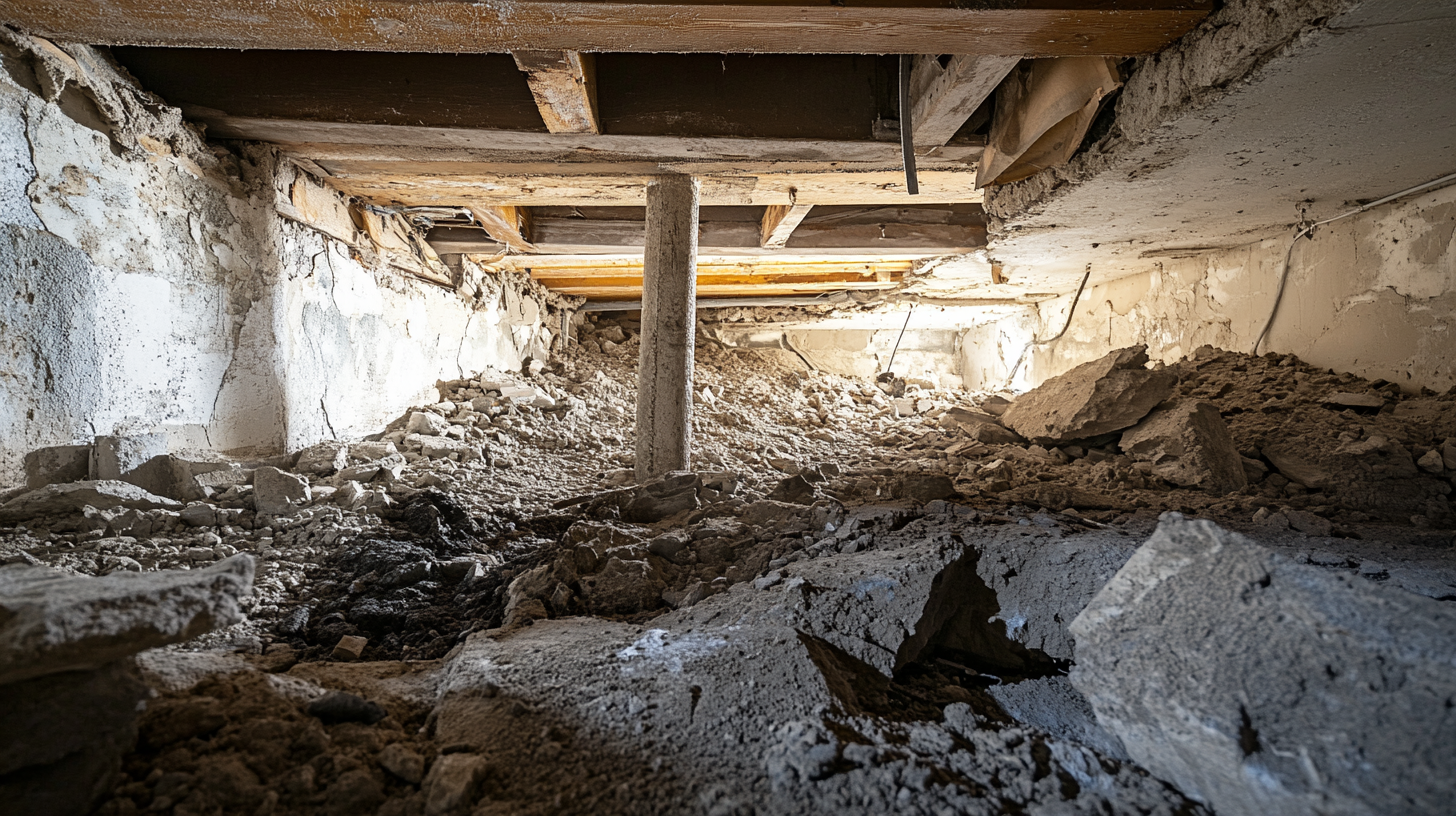

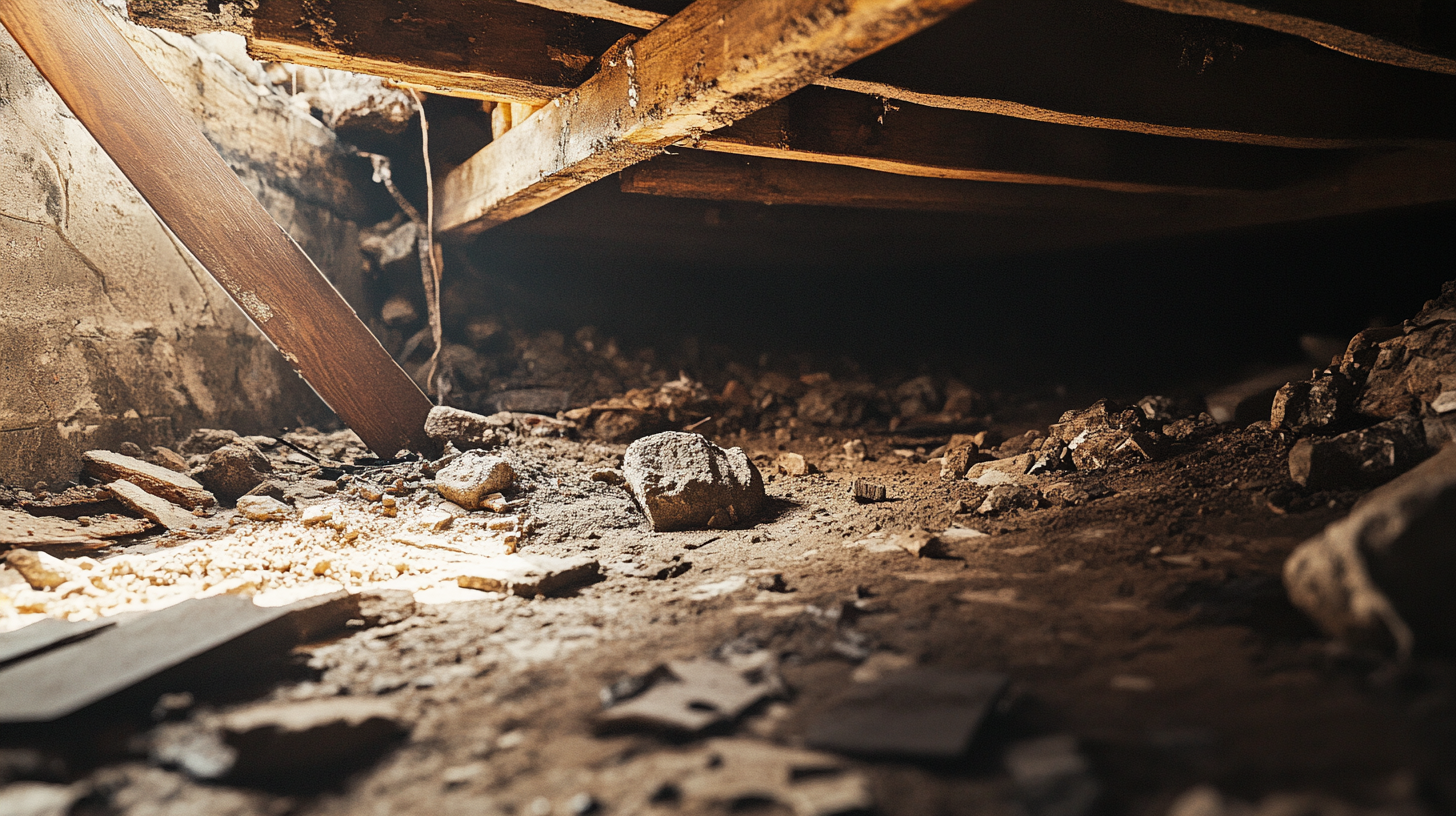
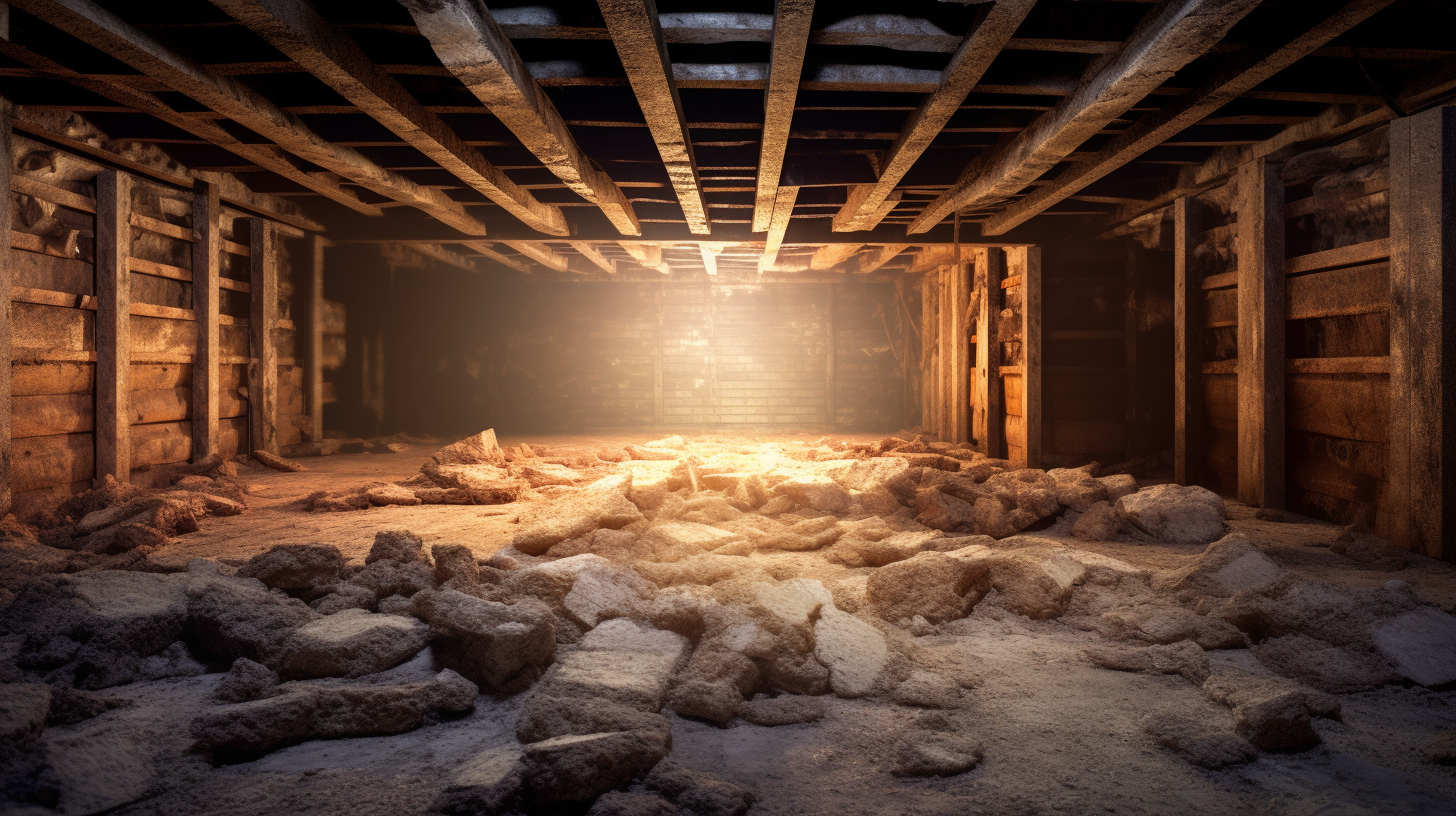
Got a Question? We’re Here to Help.
You can arrange an appointment or make an enquiry by phone or email, orget in touch to us via our contact form.
Looking for a reliable and professional company to take care of your crawl space, basement and gutter needs? Look no further than Trench Guys! We have years of experience in the industry and can provide you with top-quality services at a competitive price. Contact us today to get started!
CONTACT INFORMATION
Phone: 478-236-6403
Email: Wedigmiddlega@gmail.com
Address: Macon, GA
Business Hours:
Mon-Fri: 6:00 AM - 5:00 PM
Sat-Sun: Closed
ADDITIONAL INFORMATION
Us Across The Web
Geo
Neighborhoods
Niche
All Rights Reserved | Trench Guys
Privacy Policy | Terms & Conditions | Sitemap
